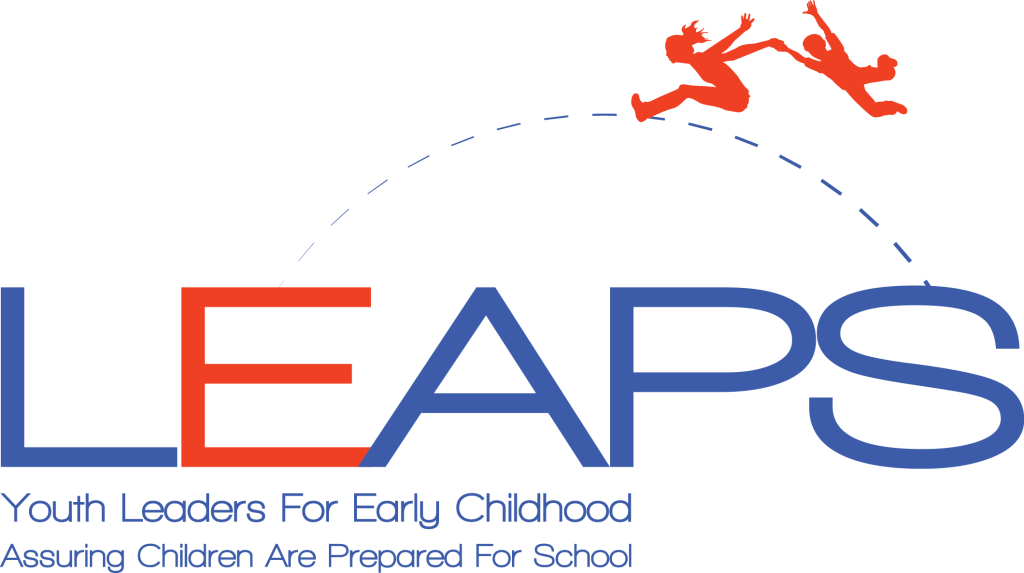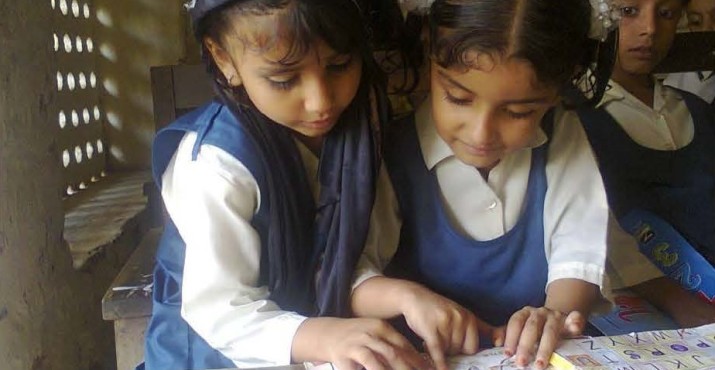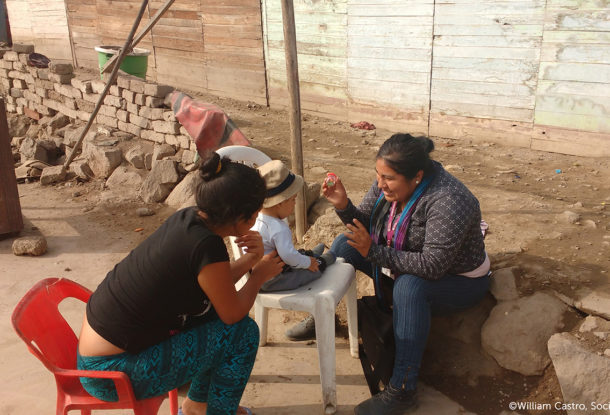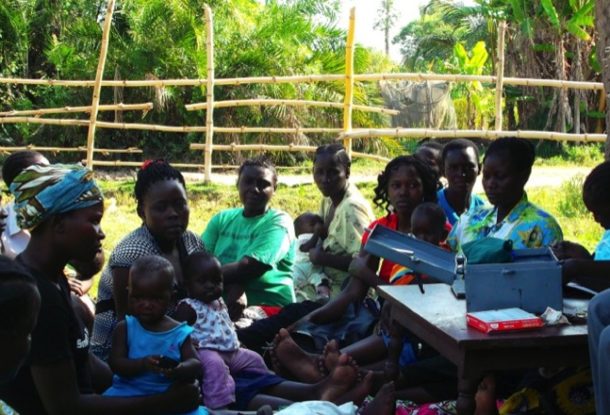Innovation Summary
 Worldwide, an estimated 88 million children drop out of primary school each year, with the highest dropout rate being in Grade 1. In Pakistan, only 1 in 6 Pakistani children transfer from Grade 1 to Grade 2 [1]. One proven strategy to reduce dropout rates is enrolment in high quality preschool programmes that bolster young children’s school readiness [2].
Worldwide, an estimated 88 million children drop out of primary school each year, with the highest dropout rate being in Grade 1. In Pakistan, only 1 in 6 Pakistani children transfer from Grade 1 to Grade 2 [1]. One proven strategy to reduce dropout rates is enrolment in high quality preschool programmes that bolster young children’s school readiness [2].
To address this problem, we will develop our Integrated Innovation, which is a school readiness curriculum to be delivered by Community Youth Leaders (ages 18-24 years) in an under-resourced region of Pakistan. Our goals will be to improve school readiness of pre-primary children, support their successful transition from home-based to primary school services, ensure continuity of early childhood services, and address gaps in early learning.
The school readiness curriculum will be delivered by Community Youth Leaders to groups of children in the local community (village) aged 3-6 years. This service will be supported by tackling barriers to scale through three supportive community-based strategies. The first strategy is cross-sector coordination at the district level. The second strategy will promote community demand by raising awareness of ECD services among families and district decision-makers, through town hall meetings and community mobilization. The third strategy will ensure the quality of the program through the establishment of a district-level ECD Community of Practice.
Gallery
Impact
- 15 community youth leaders trained
- 150-200 children with improved child early school readiness skills as indexed by executive functioning, behavior and early academic skills
- 250 children and families accessing the school readiness groups
- Improved knowledge and competencies in early childhood, and coordination of local children’s services among service providers and district-level decision-makers
The charge to society is to blend the skepticism of a scientist, the passion of an advocate, the pragmatism of a policy maker, the creativity of a practitioner, and the devotion of a parent—and to use existing knowledge to ensure both a decent quality of life for all of our children and a productive future for the nation.
[Shonkoff & Philips, From Neurons to Neighborhood]
Innovation
The Community Youth Leaders strategy is advantageous because it capitalizes on the assets of the youth population that comprises 33% of Pakistan’s work age population [3]. Our Integrated Innovation aligns with the Government of Pakistan’s vision to build capacity in this population and to promote young people’s education, training and employment opportunities, by linking this with identified implementation gaps in early childhood services.
The CYLs will deliver a community-based school readiness programme developed on a framework for achieving quality programming in lower resource settings by Reyes and Britto [4] .
The three innovative strategies to tackle the barriers to scale for quality services are described below:
- Cross-sector coordination: A lack of coordination of ECD services and inconsistencies in messages provided to families can hinder integration and continuity of services for successful transition from home to school. The CYLs will have monthly meetings with the local primary school teacher and community health worker (in this case, Lady Health Workers (LHWs)) to share information, discuss any children or families who might need support, identify actions to promote ECD and the e-school readiness groups, and discuss children’s transition to primary schools.
- Promote community demand by raising awareness of ECD services: A lack of awareness about ECD services is a barrier to programme uptake, ownership and sustainability [5-7]. Successful interventions designed for scale must integrate a communication strategy targeting multiple levels of stakeholders. Therefore, our innovation incorporates bimonthly town hall meetings led by district officials in education, and dissemination via media and policy briefs.
- Establishment of a district-level ECD Community of Practice: Continuous quality improvements and professional development of delivery staff is an essential ingredient of effective implementation at scale [8]. The CYLs will be provided with fortnightly on-the-job coaching by their mentors and will participate in a fortnightly Community of Practice (CoP) meeting with 10-15 peers over the first 3 months of roll out, followed by a monthly meeting. The CoP meeting will be an opportunity to share success stories, solve problems and receive further professional development inputs.
Our implementation site provides a unique opportunity to build evidence to advocate for a coordinated ECD policy. The population participated in a community-based cluster-randomized factorial effectiveness trial evaluating the impact of early stimulation and nutrition interventions in the first 1000 days of life delivered by LHWs [9]. The results showed significant improvements in ECD outcomes. The Saving Brains Re-enrolment programme provided an opportunity for the follow-up of these children at age 4 years. Preliminary results indicate that while early exposure to stimulation benefits cognitive development (general intelligence, executive functioning and early academic skills) at age 4 years, only 25% of the cohort is enrolled in preschool services. Families cite both access and quality as barriers to uptake. This finding supports the need for a birth to preprimary model promoting school readiness. By implementing the school readiness programme in this same district we will be able to determine the additive benefits of preschool to early stimulation and nutrition interventions, and build evidence to support coordinated policies in early childhood.
Collaboration
Funders:
- Grand Challenges Canada
- UNICEF
Key Partners:
- Yale University, USA (Collaborators: Dr. Angelica Ponguta and Dr. Chin Reyes)
- National Commission for Human Development (NCHD)
Implementation
The key drivers expected to support the success of the intervention are:
- Quality curriculum
- Effective supervision and mentorship of CYLs
- Maintenance of strong community partnerships
The key challenges expected to be faced in implementing the project are:
- Community Youth Leaders:
- Lack of volunteers to work as CYLs
- Lack of family permission to work
- High turnover
- Lack of initial interest for families to uptake services
- Poor community engagement
Continuation
The NCHD (Government of Pakistan) is our key district partner, particularly for the customization of the Integrated Innovation to be viable at national scale and in supporting formulation and dissemination of media and policy briefs for advocacy. This partnership will enable the development of a strategic plan for scale-up.
Evaluation Methods
In order to assess impact of the intervention, the following will be undertaken:
- Assessment of children’s school readiness skills as indexed by improved scores in executive function, self-regulation, socio-emotional behaviour and pre-academic skills compared to a control group.
- Assessment of the knowledge and practices of parents, CYLs, and other stakeholders
References:
- Aga Khan Foundation (2013) Learning about Learning: Reflections on Studies from 10 Countries. Geneva: Aga Khan Foundation
- Arnold CA, Bartlett K, Gowani S, Merali R (2007). Is everybody ready? Readiness, transitions and continuity- reflections and moving forward. Working Paper in Early Childhood Development No. 41, The Netherlands, Bernard van Leer Foundation.
- Mahmood N (2011). The demographic dividend: Effects of population change on school education in Pakistan. Pakistan Institute of Developmental Economics Working Paper 2011: 68.
- Reyes, C. R., & Britto, P. R. (2014). Achieving quality early child care and education programs in the majority world: A practical and comprehensive framework for implementation, monitoring, and evaluation. New Haven, CT: Child Study Center, Yale University
- Richter L (2004). The importance of caregiver–child interactions for the survival and healthy development of young children. Geneva: World Health Organization.
- Duggan A, Minkovitz CS, Chaffin M, et al. (2013) Creating a National Home Visiting Research Network. 2013;132:S82-S89.
- Potter C, Brough R (2004). Systematic capacity building: A hierarchy of needs. Health Policy and Planning; 19: 336-345.
- Richter L (2013). Meeting Report: Nurturing human capital along the life course: Investing in early child development. World Health Organization, Geneva, Switzerland
- Yousafzai AK, Rasheed MA, Rizvi A, Armstrong, R & Bhutta, ZA (2014). Effect of integrated responsive stimulation and nutrition interventions in the Lad y Health Worker programme in Pakistan on child development, growth, and health outcomes: a cluster-randomised factorial effectiveness trial. The Lancet, 384(9950), 1282-1293.
Resources
-
Research
-
Reyes, C. R., & Britto, P. R. (2014). Achieving quality early child care and education programs in the majority world: A practical and comprehensive framework for implementation, monitoring, and evaluation. New Haven, CT: Child Study Center, Yale University.
-
Mertler, C. (2012). Action research: Improving schools and empowering educators. Thousand Oaks, CA: Sage Publications, Inc.
-
Rasheed M, Siyal S, Habib Z, Obradović J, Yousafzai AK (2014). An exploration of stakeholder perceptions of child, community and school readiness in rural Naushero Feroze, Sindh, Pakistan. School Transition and Readiness (STAR) Study. Early Childhood Cognitive Stimulation and Successful Transition to Preschool in a Disadvantaged Population in Rural Pakistan. Aga Khan University, Stanford University, & Harvard University. Grand Challenges Canada (#0061-03).
-
Muralidharan, K., & Sundararaman, V. (2013). Contract teachers: experimental evidence from India (No. w19440). National Bureau of Economic Research.
-
-
Instruments and Batteries
-
Multimedia:





